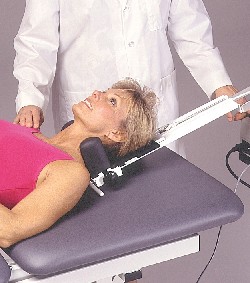Patients ask me all the time what they can do at home to manage their low back pain. This is a very important question. Patients get relief when they come to the office for treatment, but can cause their pain to resurface or worsen by doing the wrong things at home in an attempt to self-treat. One of the most common mistakes is using a heating pad on an already inflamed lower back. The signs of inflammation are pain, heat, redness, and swelling. That's right -
pain is a sign that you have inflammation! Putting heat on an area that is already inflamed will make the inflammation worse and your pain worse. I'm not saying that heat should never be used, but in this case, where you are having acute lower back pain, heat is not indicated. Ice should be used instead of heat if you are experiencing lower back pain that has recently started. 20 minutes on and then 40 minutes off is the proper duration. This can be repeated every hour. If you are diabetic or have sensory impairment, then you should consult your doctor before attempting this. Another common mistake is to stretch too vigorously in an attempt to loosen tight muscles. Stretching should always be done according to the patient's tolerance. If it causes pain to stretch, then you are stretching too far. No pain, no gain does not apply here! A little soreness is expected during a stretch, but not pain. There is a difference. Another mistake is to bounce or repeatedly jerk on a muscle while stretching. A muscle reacts to a sudden stretch by suddenly contracting. By stretching, you are trying to relax the muscles, not trying to make them contract. for this reason, you should perform steady stretches for at least 10 seconds according to your tolerance. These two tips for caring for your lower back pain, using ice properly and stretching properly at home, can really help you get better faster and can help you manage your pain between visits. For more information about chiropractic care and our office visit
nschiro.com
 It works by creating a negative pressure inside the disc, causing the bulging disc material to be retracted away from irritated nerve tissues. At the same time, the disc is rehydrated and healed by the nutients that are drawn inside during the process. We have been using this non-surgical treatment method in our chiropractic practice with great success in Mandeville since 2005.
It works by creating a negative pressure inside the disc, causing the bulging disc material to be retracted away from irritated nerve tissues. At the same time, the disc is rehydrated and healed by the nutients that are drawn inside during the process. We have been using this non-surgical treatment method in our chiropractic practice with great success in Mandeville since 2005.
